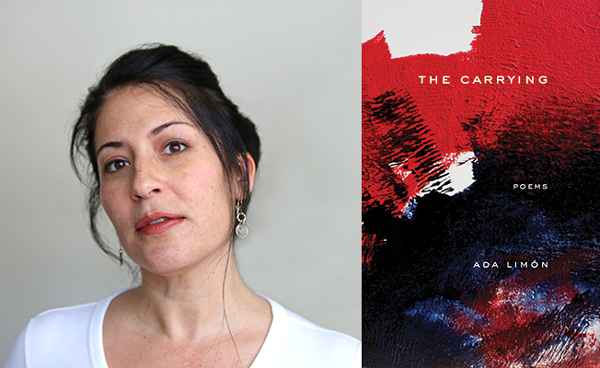
Report finds differences in degree attainment levels for various Hispanic populations
“…A new report from the Education Trust examines degree attainment levels for blacks and Hispanics versus their white peers. It says that overall, gaps between degree attainment levels for Hispanic adults versus their white counterparts have grown since 2000, and Hispanic younger adults do not have much higher attainment levels than older adults — meaning there’s not the intergenerational improvement people like to believe there is.
There are notable differences in Hispanic attainment levels based on nationality and whether the individual migrated to the U.S. or was born here. According to J. Oliver Schak, one of the report’s co-authors, a majority of Latino adults age 25 to 64 were born outside of this country; those born inside the U.S. have a degree attainment rate of 30%, compared with 17% for those born outside of the U.S….”
Link to article


